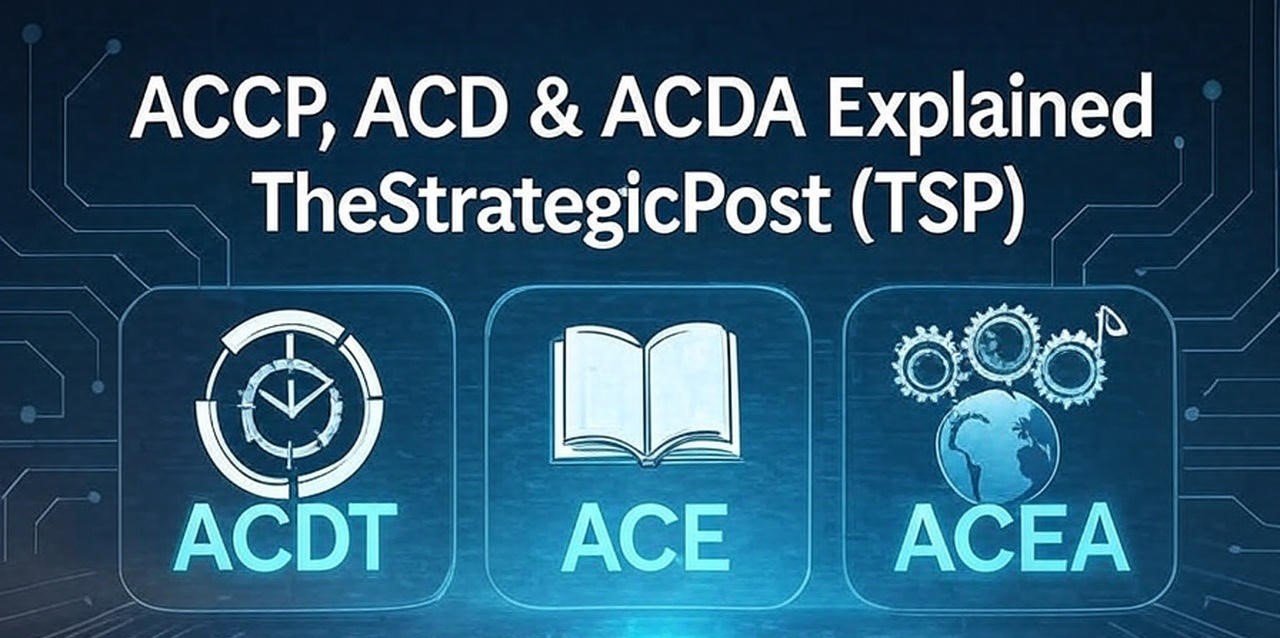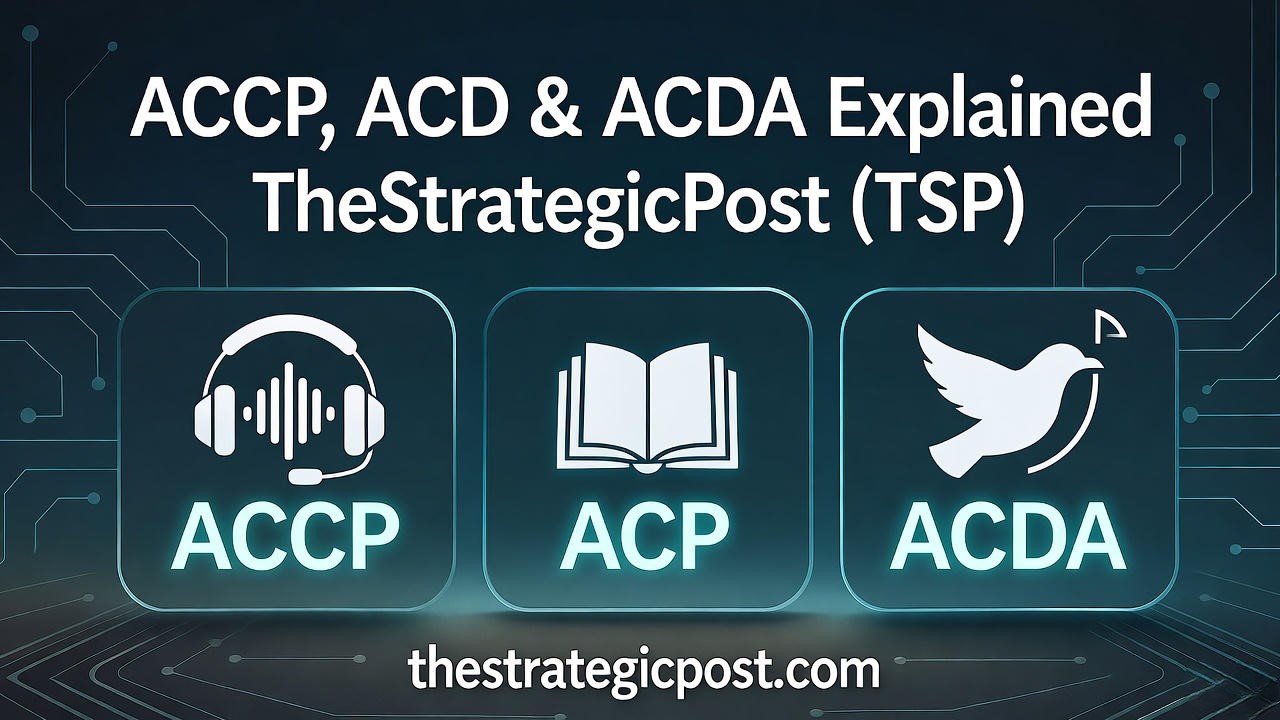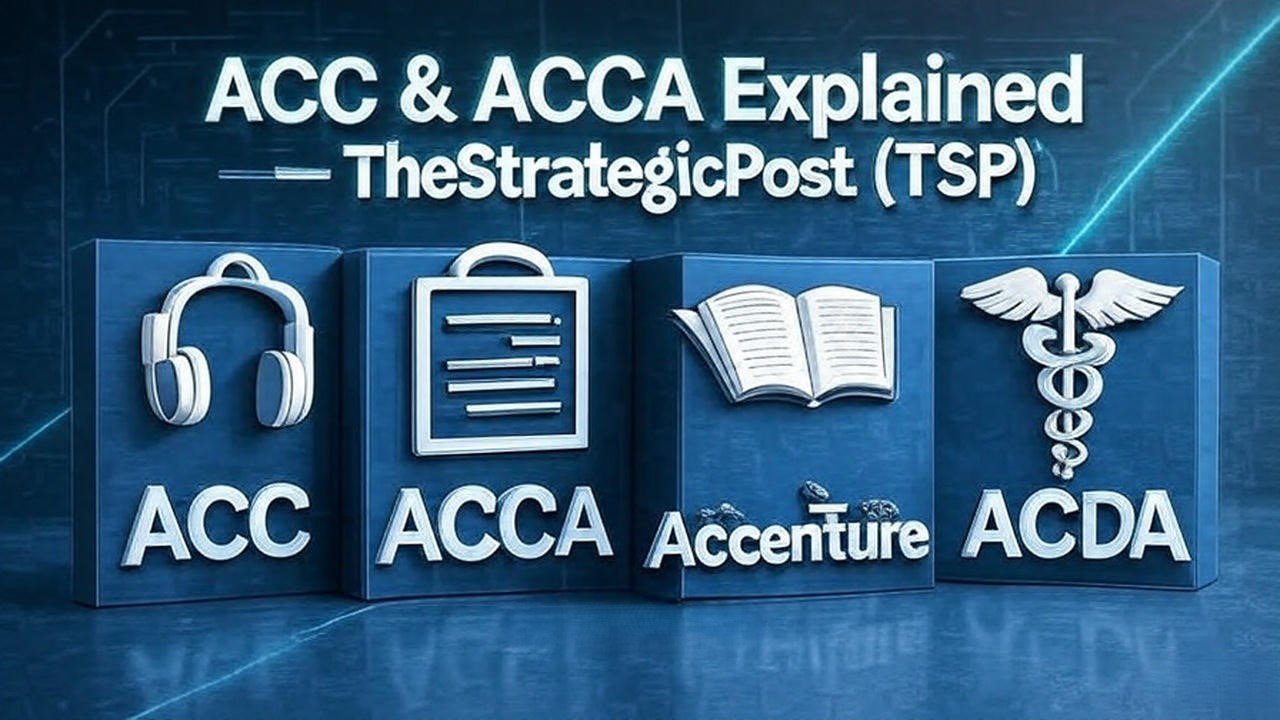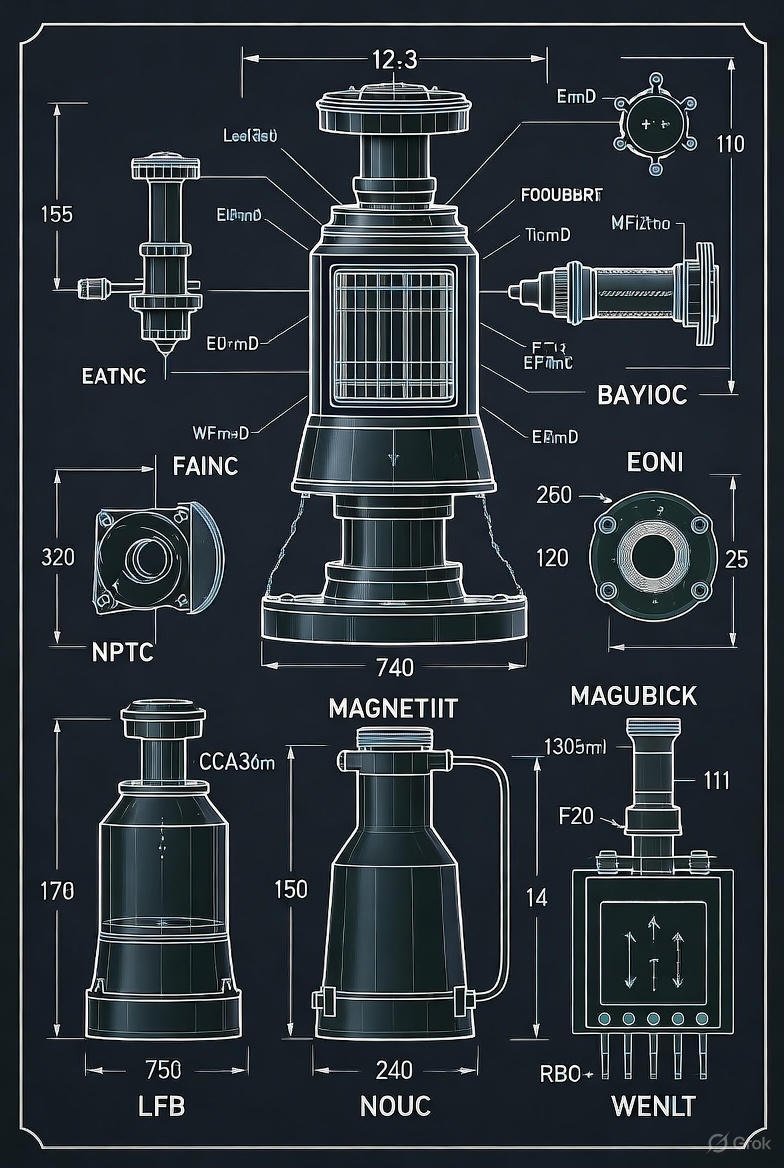Table of Contents
CSR Full Form & Meaning: The Complete Guide
Introduction
You’ve likely seen CSR mentioned in business news, corporate reports, or job descriptions. But what exactly is CSR? What is its full form? And why does it matter today more than ever? In this article, you’ll get a clear, no-fluff breakdown of CSR full form, its key types, how to implement it, challenges, examples, and FAQs.
What Does CSR Stand For?
- C = Corporate
- S = Social
- R = Responsibility
So, CSR stands for Corporate Social Responsibility — a strategy by which businesses aim to act ethically, contribute positively to society, and balance their economic goals with social and environmental concerns.
Why CSR Matters for Modern Businesses
CSR isn’t just a buzzword. It reflects a shift in how businesses view their role beyond profit. Some reasons it’s important:
- It builds trust and reputation with customers and stakeholders.
- It helps companies manage risk by aligning operations with ethical and sustainable practices.
- It attracts and retains talent — many employees prefer socially responsible employers.
- It can drive long-term profitability, as sustainable practices often reduce waste and inefficiencies.
- It promotes alignment with global expectations around climate, equity, and social welfare.
Types / Dimensions of CSR
CSR can be broken down into several interrelated forms:
1. Environmental CSR
Initiatives aimed at protecting the planet — reducing emissions, managing waste, sustainable sourcing, water conservation.
2. Ethical CSR
Ensuring fair practices across operations — labor standards, fair wages, anti-corruption, transparency.
3. Philanthropic CSR
Giving back through donations, community programs, education, healthcare support.
4. Economic / Economic Responsibility
Making decisions that are financially responsible while also considering their social and environmental impact.
These four types often overlap and support one another in a well-designed CSR strategy.
How CSR Works — Step by Step
Here’s a simple framework to embed CSR into a business:
- Assess your impact
Identify areas where your operations affect society and environment. - Define CSR goals
Choose clear, measurable objectives aligned with your core mission. - Engage stakeholders
Consult employees, customers, communities, regulators for input. - Design CSR programs
Create initiatives that address needs — e.g. recycling, scholarships, employee volunteering. - Allocate resources & roles
Define budget, personnel, and accountability for CSR efforts. - Execute & monitor
Run projects, track progress with metrics, collect feedback. - Report & adapt
Publish impact reports, reassess programs, evolve based on outcomes.
Examples of CSR in Action
- A company switches to renewable energy and reduces carbon emissions.
- It supports local schools or health clinics in communities where it operates.
- It ensures suppliers adhere to ethical labor standards.
- It offers employees paid time to volunteer.
- It implements waste reduction programs and circular economy practices.
These examples show how CSR can be both strategic and impactful.
Benefits & Challenges of CSR
Benefits
- Stronger brand image and loyalty
- Better employee morale and retention
- Enhanced investor confidence
- Long-term cost savings and efficiency
- Positive societal impact
Challenges
- Risk of greenwashing (making superficial claims)
- Difficulty in measuring impact
- Resource constraints, especially for smaller firms
- Aligning CSR with core business goals
- Cultural or regulatory barriers in different markets
Being transparent, consistent, and results oriented is vital to overcome challenges.
CSR Full Form — FAQ
Q1: What is the full form of CSR?
A: CSR stands for Corporate Social Responsibility.
Q2: Is CSR the same as sustainability?
A: Not exactly. Sustainability focuses broadly on environmental balance and resource use, while CSR includes social and ethical dimensions as well.
Q3: Can a small business do CSR?
A: Yes! CSR doesn’t require massive budgets. Smaller-scale, local initiatives or ethical practices can still have meaningful impact.
Q4: How many CSR types exist?
A: At least four major types: environmental, ethical, philanthropic, and economic responsibilities.
Q5: How is CSR different from ESG?
A: CSR is a business’s ethical approach and actions; ESG (Environmental, Social, Governance) is often a framework used by investors to evaluate corporate performance in those areas.
Conclusion
Knowing CSR full form is just the beginning. What matters is embedding responsibility into how companies operate every day. A strong CSR strategy aligns business success with positive social impact.
If you want more deep dives on business concepts, case studies, or guidance on implementing CSR strategies — be sure to visit our blog for fresh articles and insights.
Sources / References:
Investopedia – Corporate Social Responsibility (CSR) Investopedia
Business News Daily – What Is CSR Business News Daily
Harvard Business School / Online – Types of CSR Harvard Business School Online
UNIDO – CSR integration in operations unido.org







